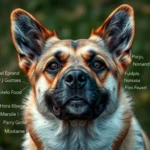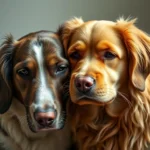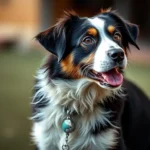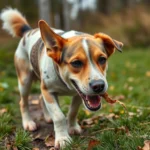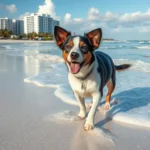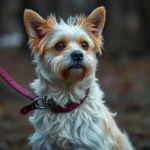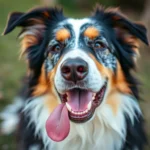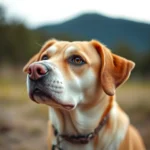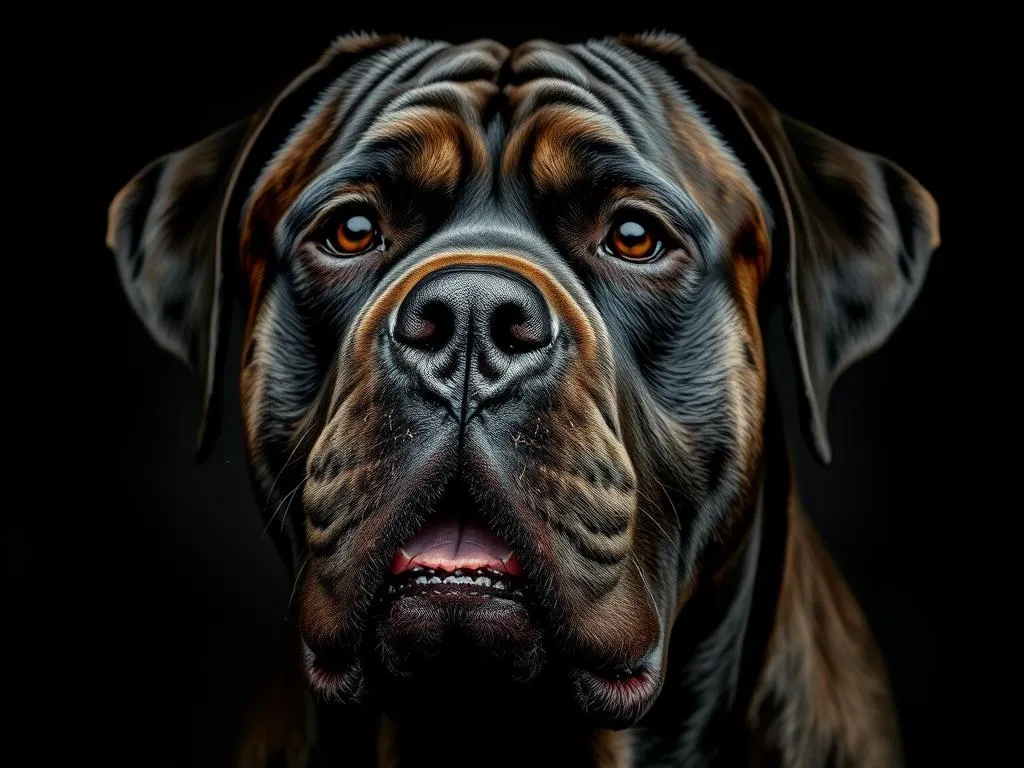
Cane Corsos are a breed known for their impressive stature and loyal temperament. These dogs, often mistaken for aggressive guardians, are actually affectionate companions who thrive in family settings. However, prospective and current dog owners often wonder about various aspects of the breed, including drooling. Does Cane Corso drool more than other dogs? This article aims to answer that question while providing insight into why dogs drool and how Cane Corsos compare to other breeds in this regard.
Understanding Drooling in Dogs
What is Drooling?
Drooling, or salivation, refers to the process where saliva accumulates and spills from a dog’s mouth. While some drooling is normal, excessive drooling can indicate underlying health issues or breed-specific traits. Understanding the difference between normal and excessive drooling is crucial for any pet owner.
Reasons Dogs Drool
Dogs may drool for various reasons, including:
- Physical Characteristics: Certain breeds are predisposed to drooling due to the structure of their mouths and jowls. For instance, breeds with loose skin around the mouth tend to drool more.
- Health Issues: Dental problems, digestive issues, or infections can lead to increased salivation.
- Emotional Triggers: Situations that provoke excitement, anxiety, or anticipation, such as mealtime or playtime, can also cause drooling.
Cane Corso: An Overview of the Breed
Breed Characteristics
The Cane Corso is a large breed, typically weighing between 90 to 120 pounds. Males are generally larger than females. Their short, dense coat requires minimal grooming, but regular brushing can help reduce shedding and maintain skin health.
Temperament and Behavior
Cane Corsos are known for their protective instincts, intelligence, and loyalty. They are highly trainable and require consistent socialization and exercise to channel their energy positively. These dogs thrive in active households and are best suited for owners who can provide them with the attention and engagement they need.
Drooling in Cane Corsos
Is Drooling Common in Cane Corsos?
While Cane Corsos can drool, they are not typically among the drool-heavy breeds. Many owners report occasional drooling, especially during mealtime or when the dog is excited. However, compared to breeds like Saint Bernards or Bloodhounds, Cane Corsos generally drool less.
Factors Influencing Drooling in Cane Corsos
Several factors can influence how much a Cane Corso drools:
- Anatomy: The breed’s jowls and mouth structure can lead to drooling, especially if the dog is panting or excited.
- Health-Related Factors: Conditions such as dental issues, allergies, or gastrointestinal problems can increase drooling. Regular veterinary check-ups can help identify and address these concerns.
Comparison with Other Breeds
Breeds That Drool More Than Cane Corsos
Certain breeds are well-known for their excessive drooling, including:
- Saint Bernard: Their large jowls and loose skin make them notorious for drooling.
- Bloodhound: This breed’s droopy ears and facial structure contribute to their slobbering tendencies.
- Newfoundland: Known for their love of water, Newfoundlands are also prone to drooling due to their loose skin.
These breeds often have unique physical traits that contribute to their drooling tendencies, making them stand out compared to Cane Corsos.
Breeds That Drool Less Than Cane Corsos
On the flip side, some breeds are known for minimal drooling, such as:
- Greyhound: Elegant and streamlined, Greyhounds typically have less drool.
- Chihuahua: This tiny breed usually has a dry mouth and minimal saliva production.
- Poodle: Their curly coat and mouth structure help to contain saliva, leading to less drooling.
These breeds tend to have anatomy that minimizes saliva accumulation, making them less likely to drool compared to Cane Corsos.
Managing Drooling in Cane Corsos
Tips for Reducing Drooling
If you’re a Cane Corso owner concerned about drooling, consider these tips:
- Diet Considerations: Feed your Cane Corso a high-quality, balanced diet. Ensure they stay hydrated but avoid table scraps that may upset their stomach.
- Regular Grooming: Groom your dog regularly to help manage drool and keep their coat healthy. Wiping their mouth after meals can also help control slobber.
When to Consult a Veterinarian
While some drooling is normal, it’s essential to be aware of excessive salivation that could indicate health issues. Signs that warrant a visit to the vet include:
- Sudden increase in drooling
- Drooling accompanied by other symptoms such as vomiting or lethargy
- Oral discomfort or difficulty eating
Common health issues that can lead to increased drooling include dental disease, oral tumors, or poisoning.
Conclusion
In summary, while Cane Corsos do drool, they generally do not drool excessively compared to some other breeds. Their unique anatomy and health considerations play a significant role in their salivation. Understanding your Cane Corso’s drooling behavior can help you manage it effectively and ensure your dog’s health and happiness.
Feel free to share your experiences with Cane Corsos and their drooling tendencies, as every dog’s behavior can provide valuable insights into the breed.
FAQs about Cane Corso Drooling
Do all Cane Corsos drool?
Not all Cane Corsos drool excessively; however, occasional drooling can occur, particularly during mealtime or when excited.
How can I tell if my Cane Corso’s drooling is normal?
Normal drooling is usually minimal and occurs in specific situations. If the drooling is excessive or accompanied by other concerning symptoms, consult your veterinarian.
What health issues can cause increased drooling in dogs?
Increased drooling can be a sign of dental problems, gastrointestinal issues, or even poisoning. Regular health check-ups can help identify these concerns early.
Are there any ways to train a Cane Corso to drool less?
While you cannot train a dog to drool less, managing their diet, grooming, and emotional triggers can help minimize drooling incidents.
